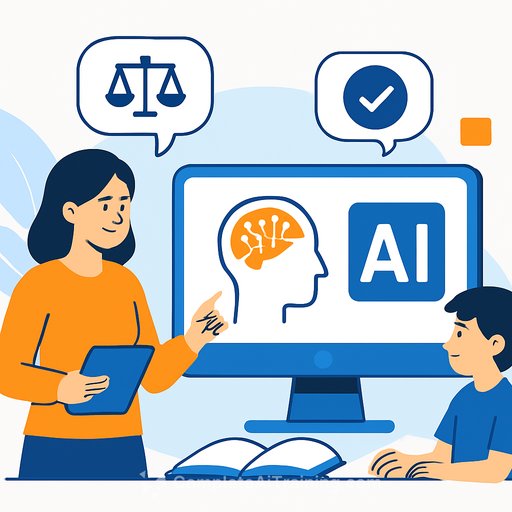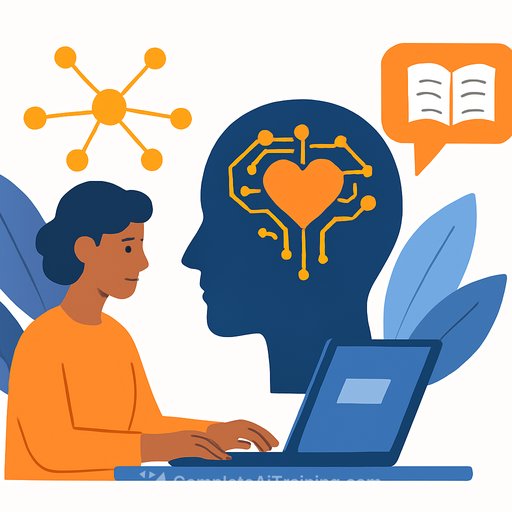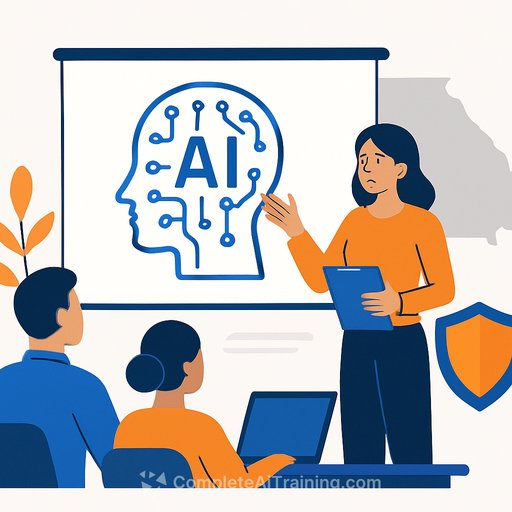MOET's AI Education Plan: A Clear, Practical Path for Schools
AI education is moving from "nice to have" to core literacy. The plan centers on building students' capacity to learn with technology, think critically about its impact, and apply it safely in class and in future work.
The curriculum is built on four pillars: human-centered thinking, AI ethics, AI technology and applications, and AI system design. The goal is simple: teach students to use AI responsibly while keeping social accountability front and center.
What Students Learn, When
- Primary: Introductions through visuals and interactive tools like image or voice recognition. Students learn that people create AI and begin forming habits around personal data protection.
- Lower Secondary: Core ideas of data and algorithms. Students use AI tools to solve learning tasks and start identifying risks and bias in systems.
- Upper Secondary: Design simple AI systems, build problem-solving skills, and explore tech career pathways.
Four Pillars, One Responsible Approach
- Human-centered thinking: Start with people's needs, context, and outcomes.
- AI ethics: Bias, privacy, safety, transparency, and accountability in practice.
- Technology and applications: Data, models, and real use cases across subjects.
- System design: From problem framing to building and evaluating simple solutions.
Flexible Implementation-No Curriculum Overload
MOET emphasizes nationwide consistency with room for local adaptation. AI content should align with existing learning objectives and match student development stages.
- Use multiple models: integrate into current subjects, run special topics or projects, and build AI clubs.
- Leverage what you have: maximize current devices, labs, and partnerships; avoid duplicate investments.
- Guarantee access: ensure students in disadvantaged areas receive equitable opportunities and support.
Timeline
- By December 2025: Prepare learning materials and train key personnel for the pilot.
- December 2025 - May 2026: Pilot AI education in selected schools.
- June 2026: Review results, refine the framework, and propose wider rollout for following years.
In parallel, AI tools will be tested for school management, teacher lesson planning support, and new assessment methods.
What School Leaders and Teachers Can Do Now
- Map the fit: Identify units in science, math, language, and civics where AI concepts naturally support objectives.
- Start small: Pilot one classroom project per grade band (e.g., image recognition in primary, bias detection in lower secondary, simple classifiers in upper secondary).
- Build staff confidence: Run short, hands-on sessions for teachers on data privacy, prompt quality, and safe tool use.
- Protect students: Establish clear protocols for consent, anonymization, and data handling.
- Assess better: Pair AI-supported tasks with process evidence (drafts, reflections) to preserve academic integrity.
- Partner smart: Work with local universities, industry, and NGOs to enrich projects and reduce costs.
Further Reading
Upskilling Options
If you need structured training paths for staff by role, see curated options here: Complete AI Training - Courses by Job.
Your membership also unlocks:





